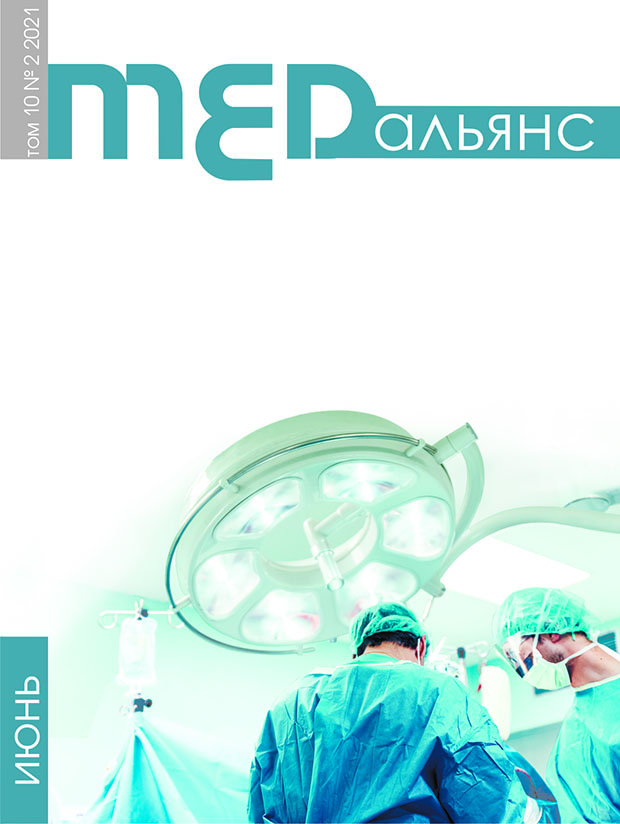Abstract
Orthodontic treatment of dentoalveolar anomalies is carried out using fixed and removable appliances, which affects the homeostasis of the oral cavity and increases the risk of developing carious lesions of the enamel. Purpose of the study: comparative assessment of the level of oral hygiene and the prevalence of enamel carious lesions at the stage of orthodontic treatment using removable and non-removable appliances. Materials and methods: 90 patients aged 18 to 35 years were examined: 45 pa tients of the 1st group, who were treated with aligners, and 45 patientsof the second group, who were treated with
a bracket system. In all patients, the level of oral hygiene was determined by the OHI-S (Green-Vermillion) index, as well as the level of CPU before and after 12 months of orthodontic treatment. Results: before the start of orthodontic treatment, the OHI-S index in patients of the first and second groups was 0.86±0.67 and 0.89±0.74 points, respectively. After 12 months, there was a deterioration in the parameters of oral hygiene to a greater extent in patients of the second group who were treated with a fixed technique: the OHI-S index was 1.98±0.79 points.
The value of the CPU index before the start of orthodontic treatment in patients of the first and second groups was 7.1±1.32 and 6.9±1.46, respectively. After 12 months of orthodontic treatment, there was an increase in the CPU index in the studied persons of the second group, who were treated with a bracket system: the CPU index was 13.6±1.78. In patients of the first group, the CPU indicator practically did not change and amounted to 7.9±1.25.
Conclusion: with high caries susceptibility and the presence of non-carious enamel lesions, orthodontic treatment with removable appliances should be preferred in order to avoid the development of complications.

